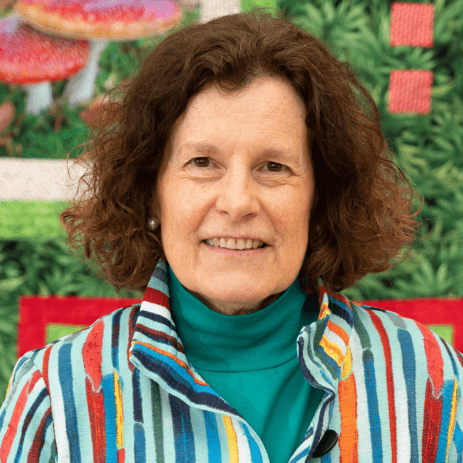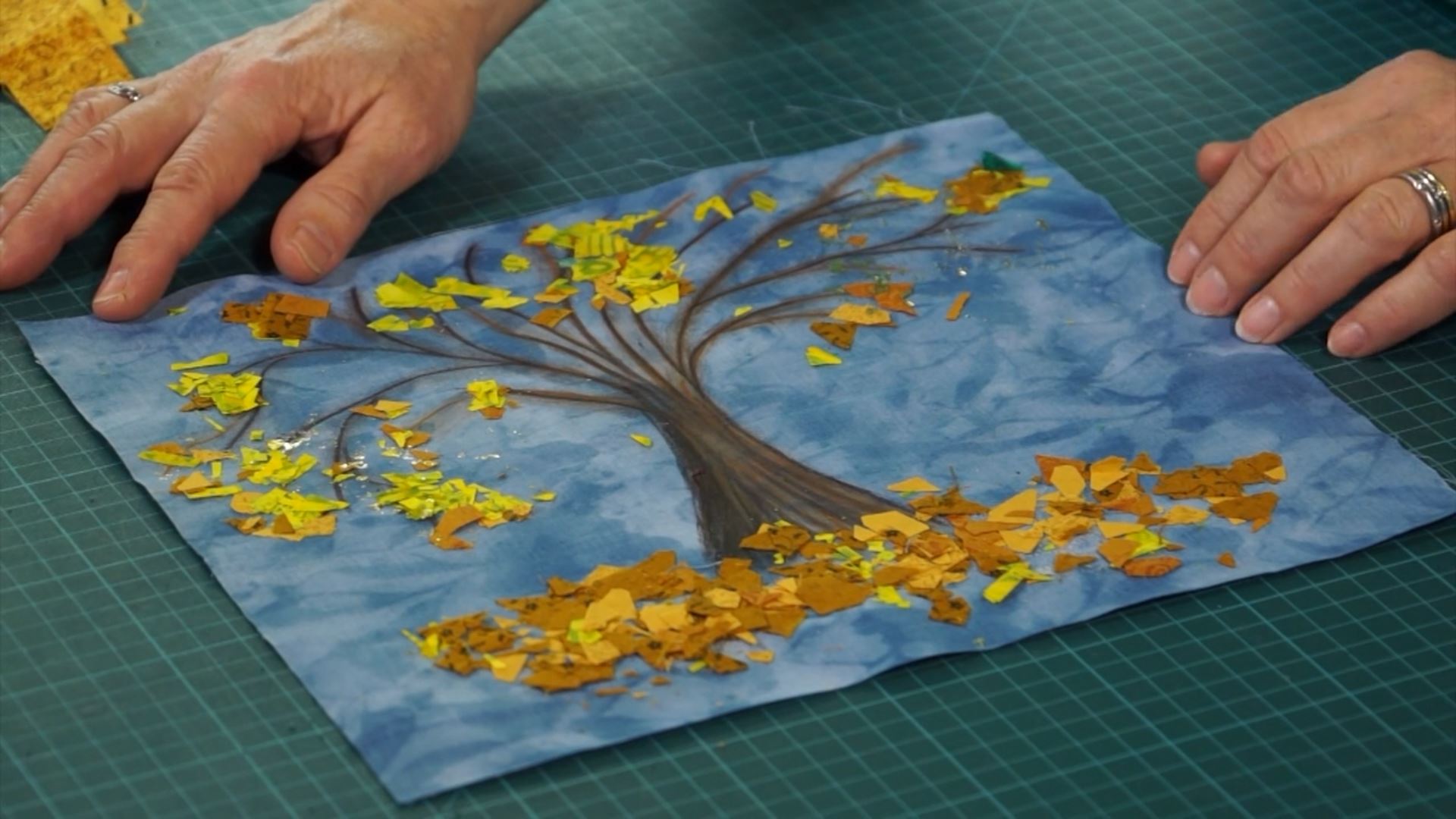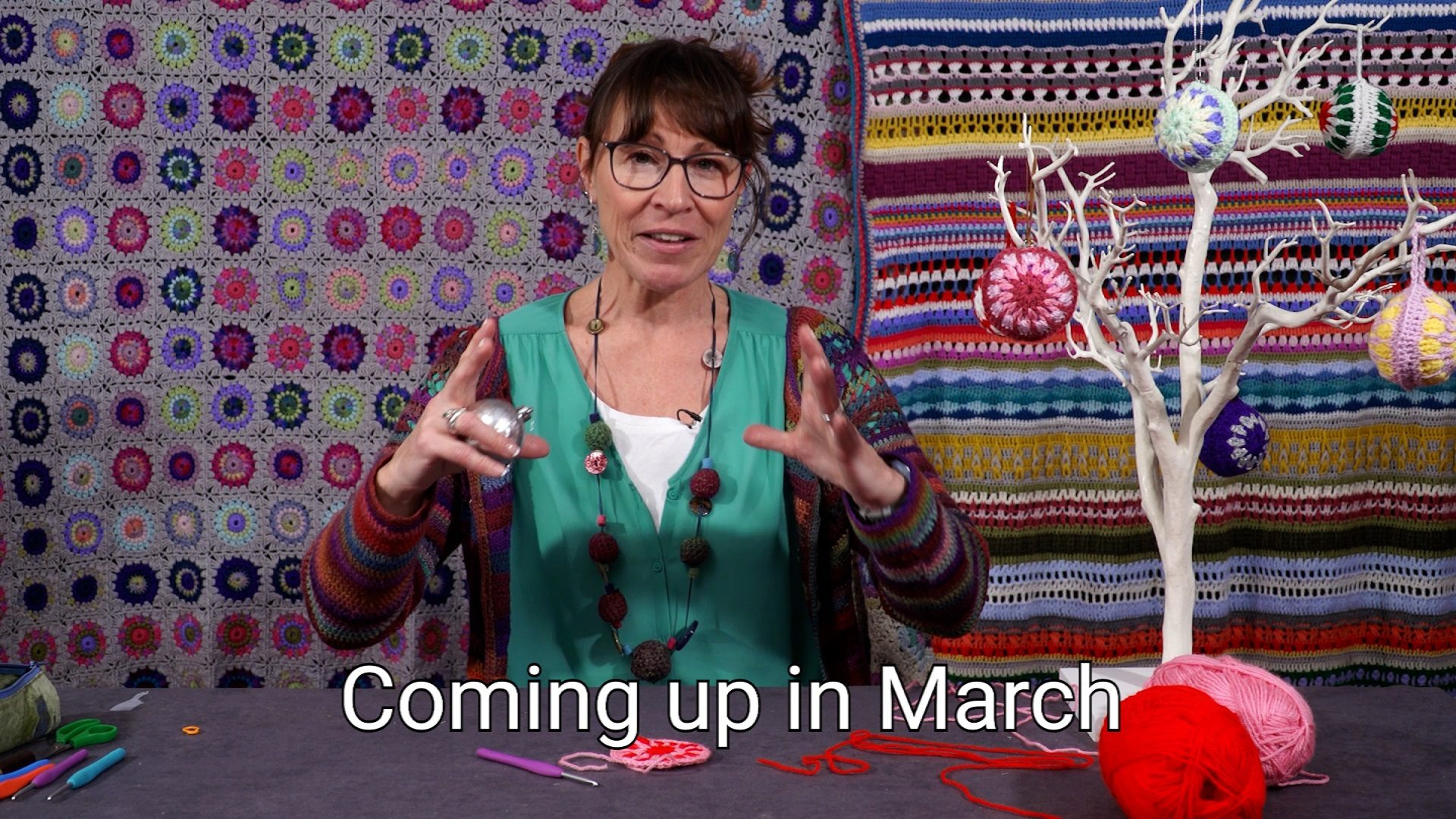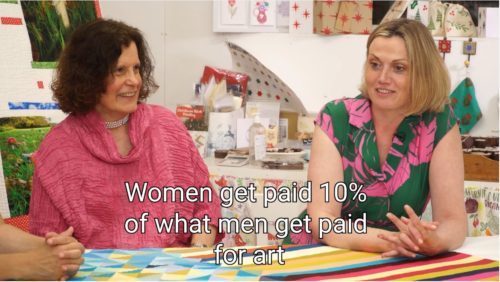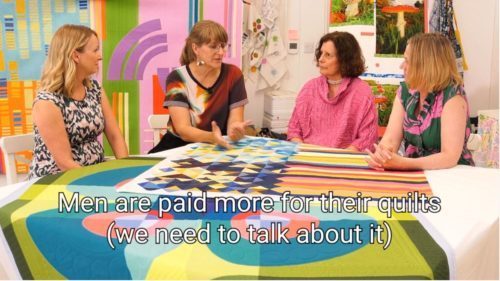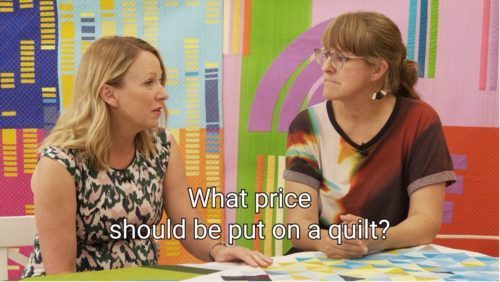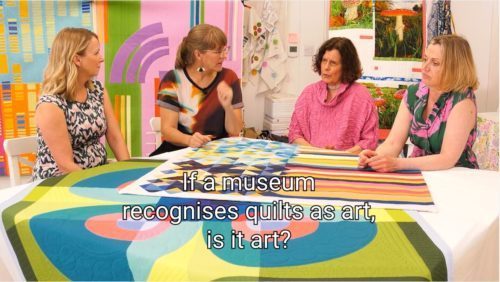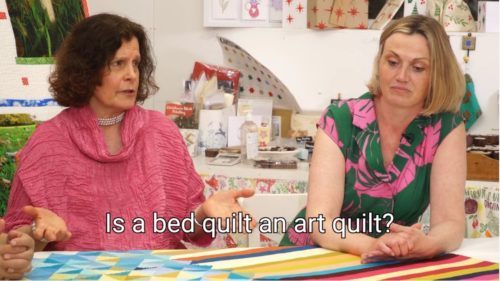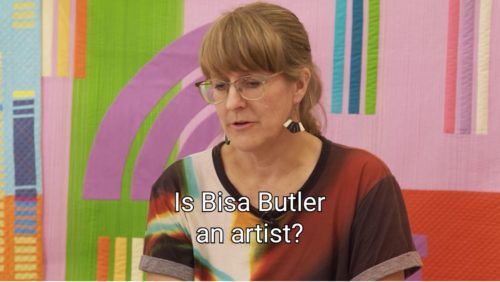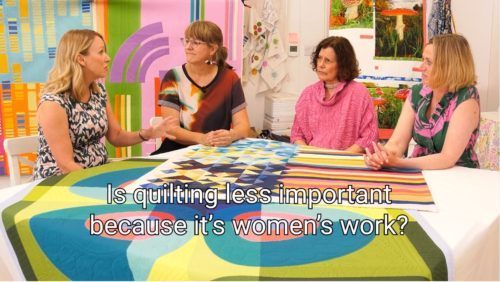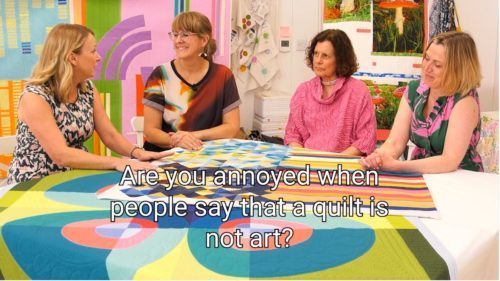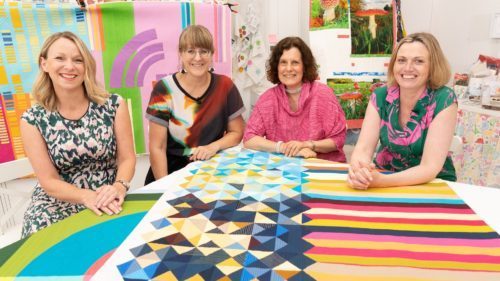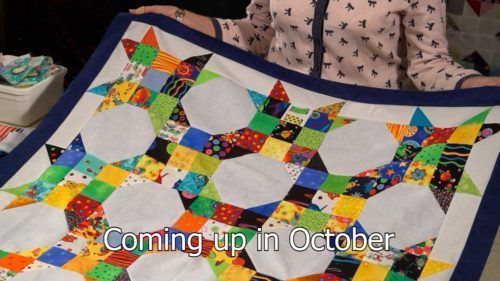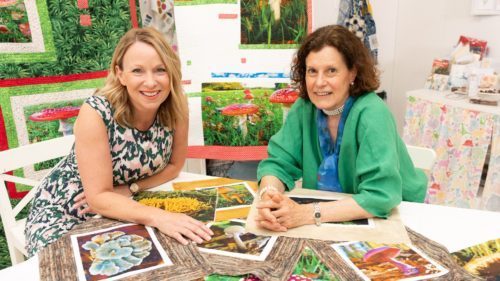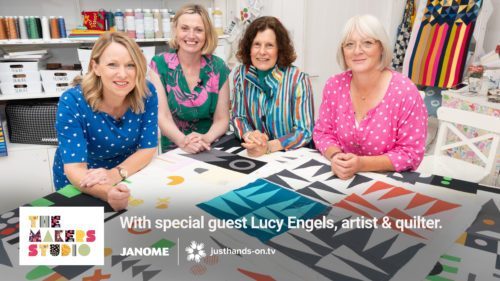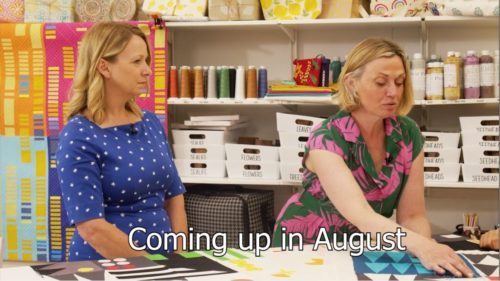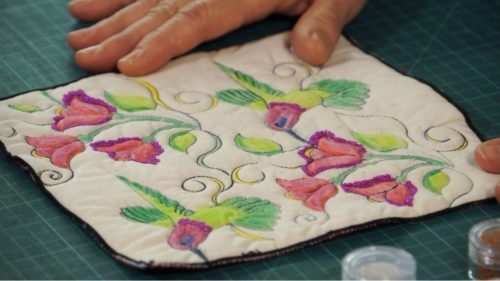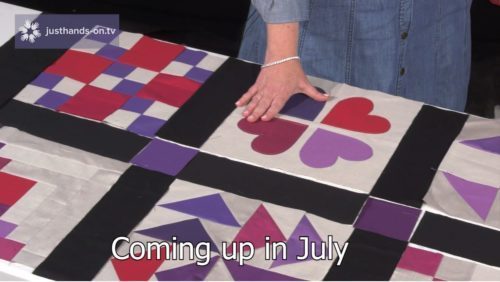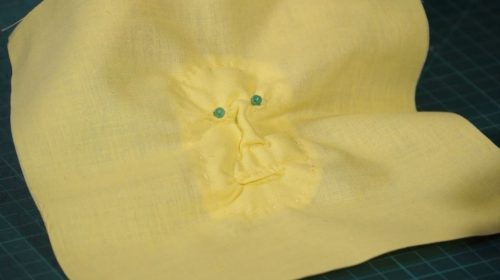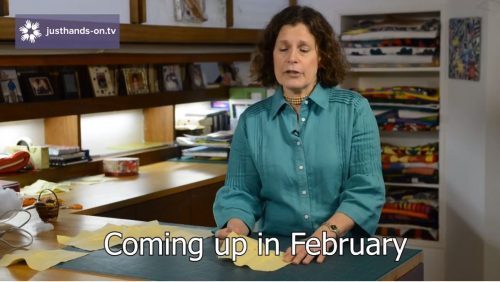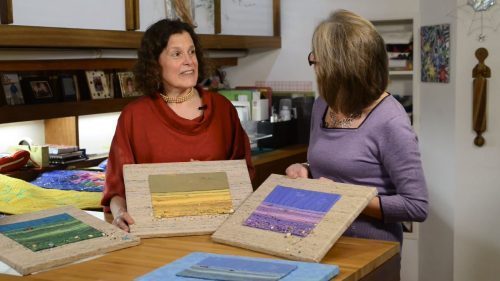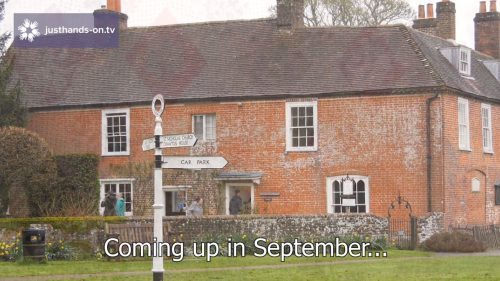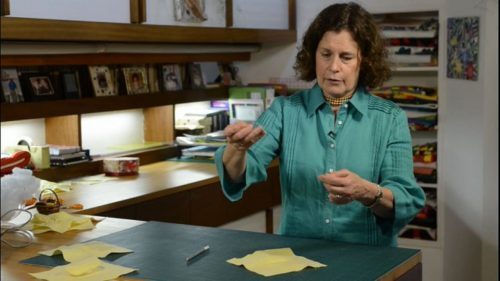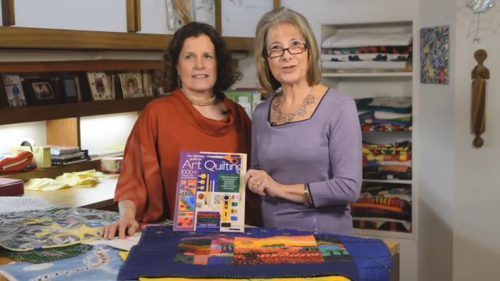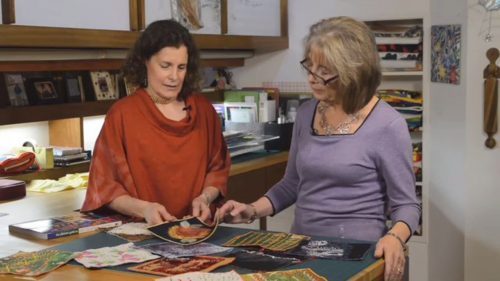About Linda
Linda Seward is an experienced quilter, writer, lecturer, and quilt judge.
Linda’s been doing needlework ever since she learned to hold a needle. She was taught to embroider by her mother and to knit and crochet by her grandmothers. She began to sew her own clothes at the age of 10, but didn’t begin making quilts until she was in her 20s.
Linda attended Livingston College (Rutgers University) where she earned an Anthropology Degree, then switched to Douglas College where she received a Home Economics degree in clothing, textiles, and design. She studied fashion in New York City at Tobe-Coburn School for Fashion Careers before working as a needlework and crafts editor in both America and England. She taught herself the basics of quilting while working as an editor for McCall’s Needlework & Crafts Magazine in New York City. After that, although she edited dozens of books on all types of needlework and crafts for Dover Publications in New York, Linda always felt that she would rather be quilting.
Linda has written twelve books about her favourite subject, quilting, including The Complete Book of Patchwork, Quilting and Appliqué , which has been used as a source book for the British City & Guilds Patchwork & Quilting course and has sold over a quarter of a million copies in several languages. It has recently been updated and reprinted by Search Press. Linda’s latest book, entitled The Ultimate Guide to Art Quilting, is published by Sixth&Spring, New York. She has also published books on puppies, babies, crochet, knitting, and general crafts (under her maiden name, Linda Macho).
Linda has appeared on television and radio shows, and has judged numerous quilt shows around the world. She had a regular column in The Quilter magazine for 20 years, and works now as a freelance writer and photographer as well as being a quilter, of course!
Linda found a new obsession in lockdown during her daily walks: nature photography. According to Linda, “I realised that I didn’t know much about the natural world and resolved to teach myself as much as I could through photography and research. This lockdown project turned into a new obsession as I continue to learn about all aspects of nature from plants, lichens insects, birds and animals to fungi and even slime moulds.”
Linda lives in London and Oxfordshire with her husband and two Border Terriers.
Signature Technique
Art Quilting
Top Tips
- One of the best ways to expose yourself to new techniques is to take a workshop with an expert.
- Add aloe vera gel to heighten the colour of inktense pencils.
- Use confetti fabric and glue granules to get a wonderful confetti applique effect.
- Add a little sparkle to your project with printer foil (make sure that you iron colour side up!).
- Use a silicone pressing sheet to keep your iron clear.
- Give the viewer a gentle surprise by adding soft sculpture faces in your quilt.
Videos
Patterns
Posts
Can I mitre the corners on my quilt?
Yes of course you can - BUT you need to be aware that you need more fabric at the corners to work with than you think you might - so not one to be attempted if you are short of fabric! You can also use more than one fabric - so a double or triple border with a mitre is also possible.
What can I use to hold up my quilt sandwich when basting?
If you are using the basting gun it is so much easier to have the quilt sandwich lifted up from the surface; there used to be a basting grate that could be purchased, but this seems to be a thing of the past; a tip from one viewer is to use the cake cooling tray, and another uses an upturned plastic cutlery tray - just a couple of lateral thinking ideas!
Take 9 a great success
Hi all Just giving an update on my king size quilt,I decided to try take nine for the side of quilt and cut all the pieces out ,this wasn't easy for me but I got there eventually,I purchased my fat quarters from Hobby craft in Havant & I just want to tell you not all of their fat 1/4s are good size some in the 6 packs are a bit smaller and I used some pieces from my stash.I have sewn 4 of my blocks together and am so chuffed with them - each 1 is exact size and went together so easily.Thanks Valerie for pattern and video couldn't have done it without you xxxxx from Sheila (learner) Want to know what Sheila was making?

